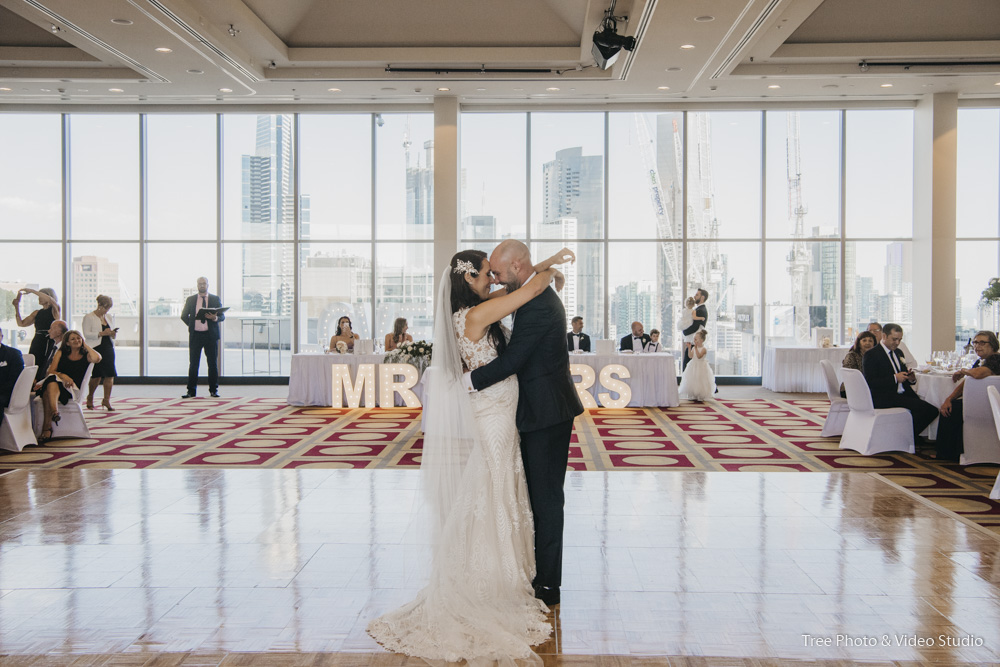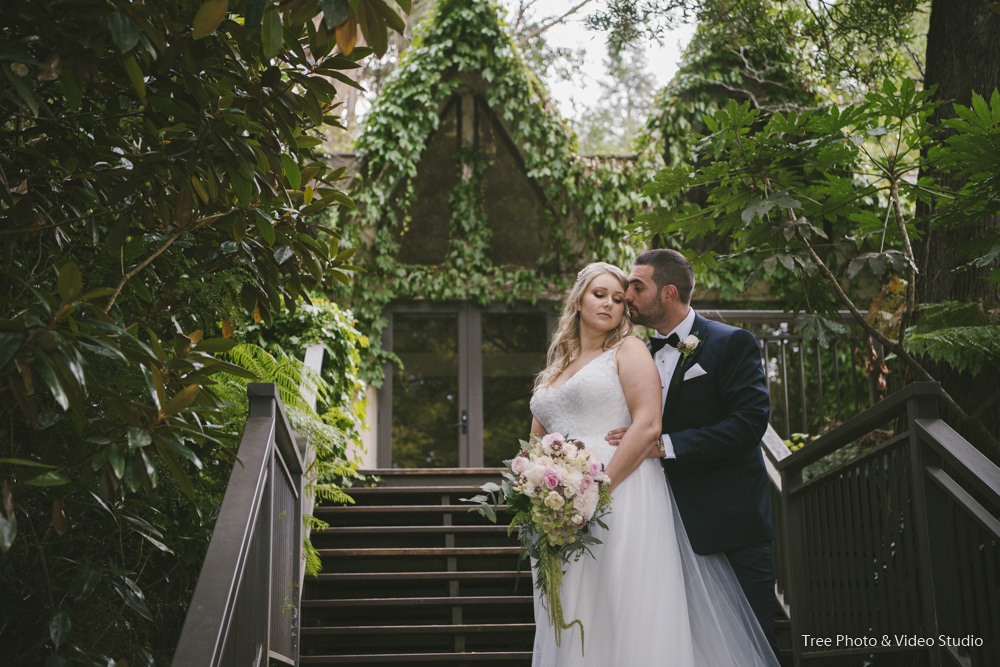[vc_row][vc_column][vc_column_text]
Greek Weddings In Melbourne| Tree Studio
[/vc_column_text][/vc_column][/vc_row][vc_row][vc_column][vc_column_text]
[/vc_column_text][/vc_column][/vc_row][vc_row][vc_column][vc_column_text]
Real Greek Weddings We Captured
[/vc_column_text][/vc_column][/vc_row][vc_row el_class=”featured_venues_section”][vc_column width=”1/3″ el_class=”feau-values-box”][vc_column_text el_class=”feauter_video_img”] [/vc_column_text][vc_column_text el_class=”photography-title”]Christina & Andrei | RACV City Club Wedding Photography[/vc_column_text][/vc_column][vc_column width=”1/3″ el_class=”feau-values-box”][vc_column_text el_class=”feauter_video_img”]
[/vc_column_text][vc_column_text el_class=”photography-title”]Christina & Andrei | RACV City Club Wedding Photography[/vc_column_text][/vc_column][vc_column width=”1/3″ el_class=”feau-values-box”][vc_column_text el_class=”feauter_video_img”] [/vc_column_text][vc_column_text el_class=”photography-title”]Cargo Hall Wedding Video[/vc_column_text][/vc_column][vc_column width=”1/3″ el_class=”feau-values-box”][vc_column_text el_class=”feauter_video_img”]
[/vc_column_text][vc_column_text el_class=”photography-title”]Cargo Hall Wedding Video[/vc_column_text][/vc_column][vc_column width=”1/3″ el_class=”feau-values-box”][vc_column_text el_class=”feauter_video_img”] [/vc_column_text][vc_column_text el_class=”photography-title”]Katharine & Michael | Tatra Receptions Wedding Photography[/vc_column_text][/vc_column][/vc_row][vc_row el_class=”featured_venues_section”][vc_column width=”1/3″ el_class=”feau-values-box”][vc_column_text el_class=”feauter_video_img”]
[/vc_column_text][vc_column_text el_class=”photography-title”]Katharine & Michael | Tatra Receptions Wedding Photography[/vc_column_text][/vc_column][/vc_row][vc_row el_class=”featured_venues_section”][vc_column width=”1/3″ el_class=”feau-values-box”][vc_column_text el_class=”feauter_video_img”] [/vc_column_text][vc_column_text el_class=”photography-title”]Katrina & Frank | Stones of Yarra Valley Wedding Video[/vc_column_text][/vc_column][vc_column width=”1/3″][/vc_column][vc_column width=”1/3″][/vc_column][/vc_row][vc_row][vc_column][vc_column_text]
[/vc_column_text][vc_column_text el_class=”photography-title”]Katrina & Frank | Stones of Yarra Valley Wedding Video[/vc_column_text][/vc_column][vc_column width=”1/3″][/vc_column][vc_column width=”1/3″][/vc_column][/vc_row][vc_row][vc_column][vc_column_text]
What You Need To Know About Greek Wedding Traditions
Customs and traditions are not just an integral part of a person’s identity but also the way and essence of life. From daily prayers and yearly festivals to important functions and events, traditions, rituals, and customs occupy a significant place in various aspects of life. Wedding, being one of the most special occasions in everyone’s life, has a ton of rituals and customs to be followed.
Though wedding ceremonies celebrated in different cultures have their own charm, Greek wedding ceremonies fascinate people around the world due to their unique and evergreen traditions. Greek culture has always been known as a rich and vibrant culture. Greeks have a wealth of traditions and customs for various small and big occasions in every sphere of life. Greek weddings have elements which symbolize the cultural heritage and make every moment beautiful.
The involvement of family, friends, and community is one of the distinguishing characteristics of a Greek wedding. Just like the traditions in any other culture, the traditions in Greek culture also vary from region to region. However, some traditions are followed across the country during the wedding ceremony.
Let’s have a look at the common Customs and Practices observed during pre-wedding preparations and wedding ceremony in Traditional Greek Weddings which take place in Melbourne and other cities of Australia.
1. Wedding Date selection for Greeks
People who follow the traditions set by the Orthodox Church consider many facts and beliefs before finalizing the date for the wedding ceremony. The months of January and June have been treated as auspicious for getting married by Greeks since ancient times. Couples avoid religious holidays and fasting periods that include the Lint Period as well as the period of forty days preceding Christmas.
The first two weeks of August, August 29th and September 14th are also not considered good for marriage as they mark the celebration of the Virgin Mary, the death of Saint John the Baptist, and the celebration of the Exaltation of the Holy Cross respectively.
2. Greek Wedding Getting Ready
Both the bride and groom take help from their friends for getting ready for the wedding ceremony. The ‘koumbaro’ or the best man shaves the groom on the day of the wedding which signifies the trust between them. Other friends help him by buttoning his shirt, tying his bow tie, and putting his blazer on. On the bride’s side, her friends and the bridesmaid or “koumbara” help her in putting the wedding dress.
One of the Greek wedding traditions is writing the names of the bride’s unmarried friends on the bottom of her shoes. By the end of the ceremony and reception, the names will get worn off which symbolizes that the friends will no longer remain single.
3. GOOD LUCK
Greeks put a huge emphasis on good luck and bad luck in weddings, and so, the couple along with their families and guests abides by several customs to bring good luck and ward off the evil eye. The bride places a lump of sugar inside one of her gloves and a gold coin inside one of her shoes. The groom, on the other hand, puts a piece of iron in his pocket. While congratulating the couple, the guests make a ‘ptou’ sound and pretend to spit three times.
Odd numbers are considered as lucky because they cannot be split or divided, and so, to ensure that the couple does not split, the guests are invited in an odd number. Similarly, the odd number of flowers are used in decorations for the wedding. The wedding favours are also distributed in an odd number.
4. WEDDING RING
The exchange of wedding rings which marks the beginning of the ceremony is conducted in a peculiar way. The priest blesses the rings by holding them in his right hand and making the sign of the cross over the heads of both bride and groom. Then, the priest places the rings on the tips of the ring finger of right hands of the couple. The ‘koumbaro’ exchanges the rings three times between the couple before the couple wears them.
In some traditional Greek weddings, the wedding rings are the same as the engagement rings. During the engagement, the rings are worn on the ring finger of the left hand, whereas, during the wedding, the rings are worn on the ring finger of the right hand.
5. THE CROWNING
As crowns represent victory, sacrifice, and devotion, the bride and groom wear the crowns or stefana in honour of themselves and the institution of marriage. The crowns used in traditional Greek weddings are made from flowers, lemon blossoms, and foliage. In recent times, crowns are also made from precious metals, such as gold and silver. The crowns of the bride and groom are joined together by a single strand of ribbon to symbolize unity.
The priest makes the sign of the cross on the forehead of the bride and groom. The Koumbaro passes the crowns three times over the heads of the couple which signifies the holy trinity. Then, the crowns are placed on the heads of the bride and groom by the koumbaro.
6. THE READINGS
The traditional Greek weddings are incomplete without the priest reading the Epistle of St. Paul to the Ephesians and the Gospel of St. John. During the readings, the couple holds candles to represent the light of Christ. These candles can be fully burned at the Church or can be brought home to be used in the future.
7. THE COMMON CUP
Jesus Christ’s first miracle was to convert water into wine to indicate the change of an ordinary relationship into a sacramental marriage. Therefore, the bride and groom take three sips of wine from the same cup as it denotes that they will share happiness and sorrow for their whole life.
8. THE CEREMONIAL WALK
The Ceremonial walk is one of those Greek wedding traditions which are continued till now. The priest takes the Holy Gospel in his hands and leads the couple to their first walk together after the marriage. The bride and groom hold each other’s hands and walk around the altar followed by the koumbaro and koumbara. The guests also participate in the ritual by dancing in a circular fashion.
The Tsamiko, the Zeibekiko, and the Sirtaki are the dances that people love to do in traditional Greek weddings. Usually, the couple shares the last dance of the night. This tradition of couple and guests moving around the table is also known as the ‘dance of Isaiah’.
9. REMOVAL OF CROWNS
Once the dance gets over, the priest places his hands on the head of the groom and then on the head of the bride while reciting prayers. Then, the priest removes the crowns from the heads of the couple and separates their right hands with a Bible to signify that only God can break their union.
10. MAKING THE BED
The tradition of making the bed for a soon to be married couple takes place before the wedding ceremony. The family and friends of the bride and groom prepare the bed in the new home of the couple. Then, they throw money, coins, rice, and rose petals on the bed to symbolize love and prosperity. Some people also make the baby roll on the bed to ensure fertility.
11. POST-CEREMONY CUSTOMS for Greeks
Once the wedding ceremony gets over, the bride and groom begin to exit the church. During this time, the guests shower the newly wedded couple with rice and koufeta (sugar-coated almonds). The guests at the wedding are given koufetas as bombonieres or wedding favours. The flavour of the koufetas symbolizes the sweetness and bitterness of the married life, and their white colour stands for purity. The egg shape of the almonds represents fertility, and their hardness represents the endurance of the marriage.
All the Greek wedding traditions are important in their own way for adding meaningful and magical touches to the wedding. We have been fortunate to document traditional Greek weddings in Australia and learn more about Greek culture. Contact us when you have any questions about organizing a traditional Greek wedding. We are more than happy to use our experience to assist you.
[/vc_column_text][/vc_column][/vc_row]

